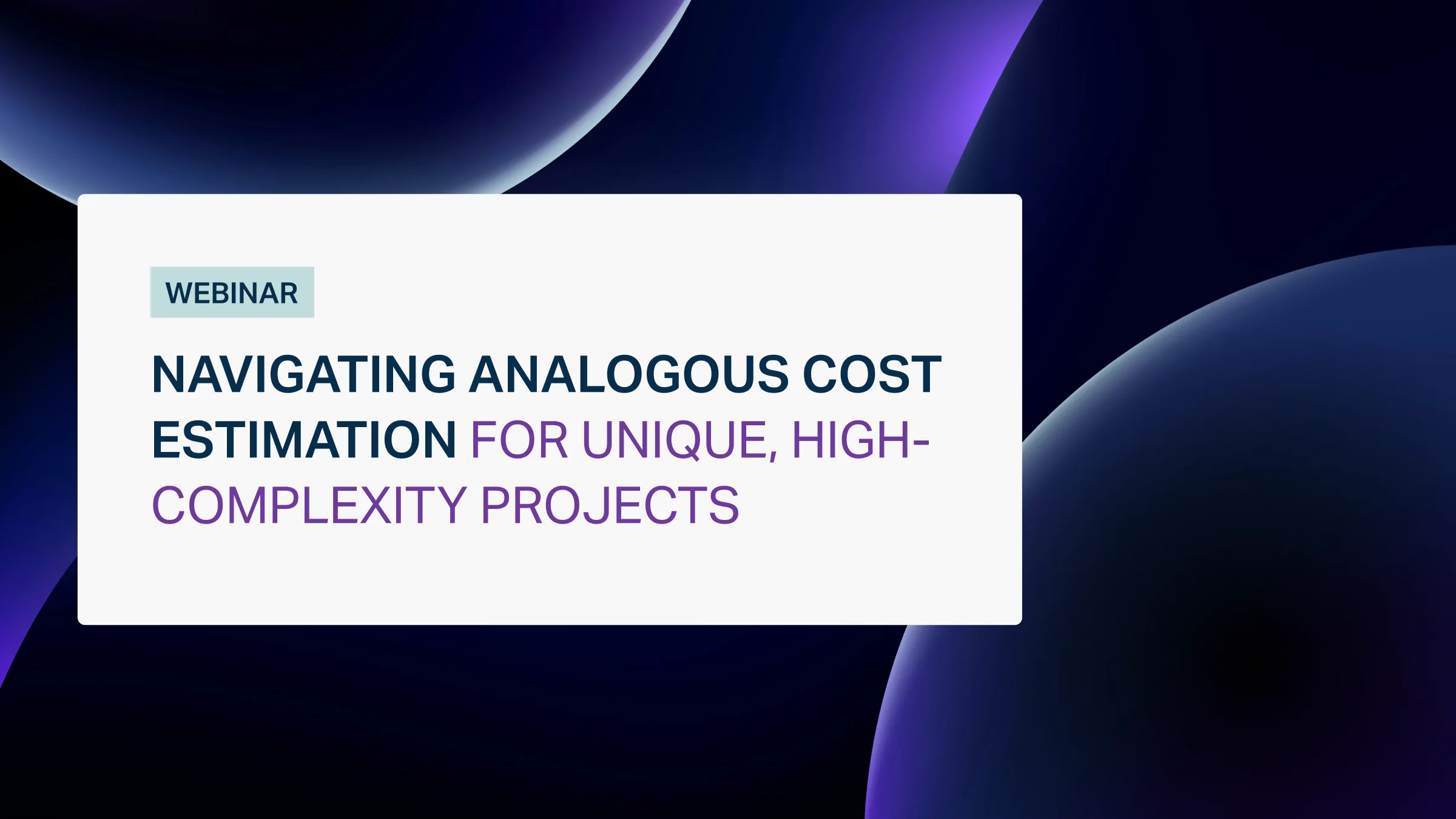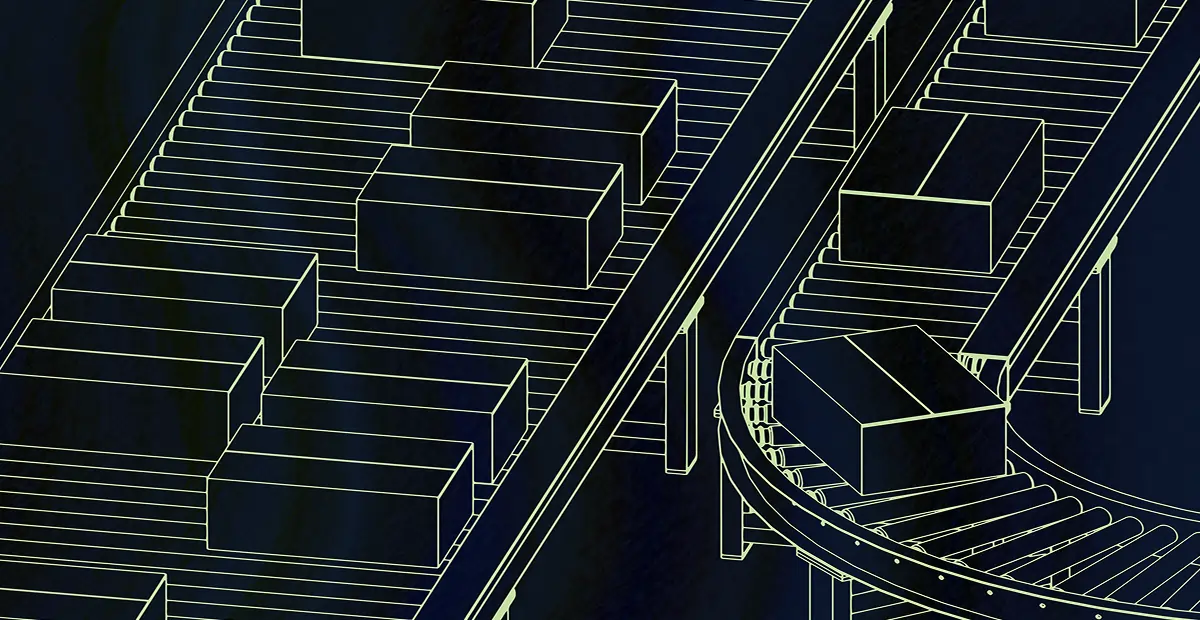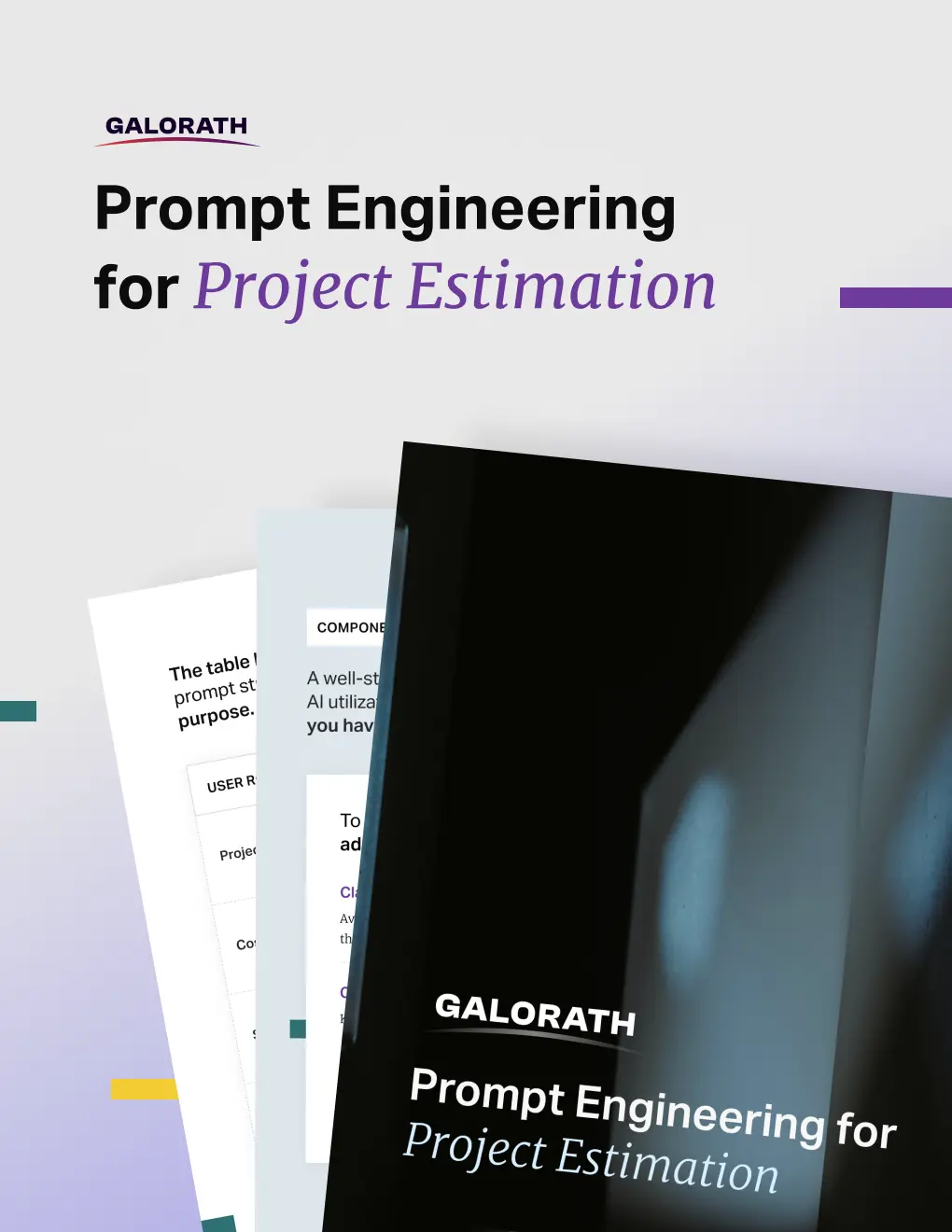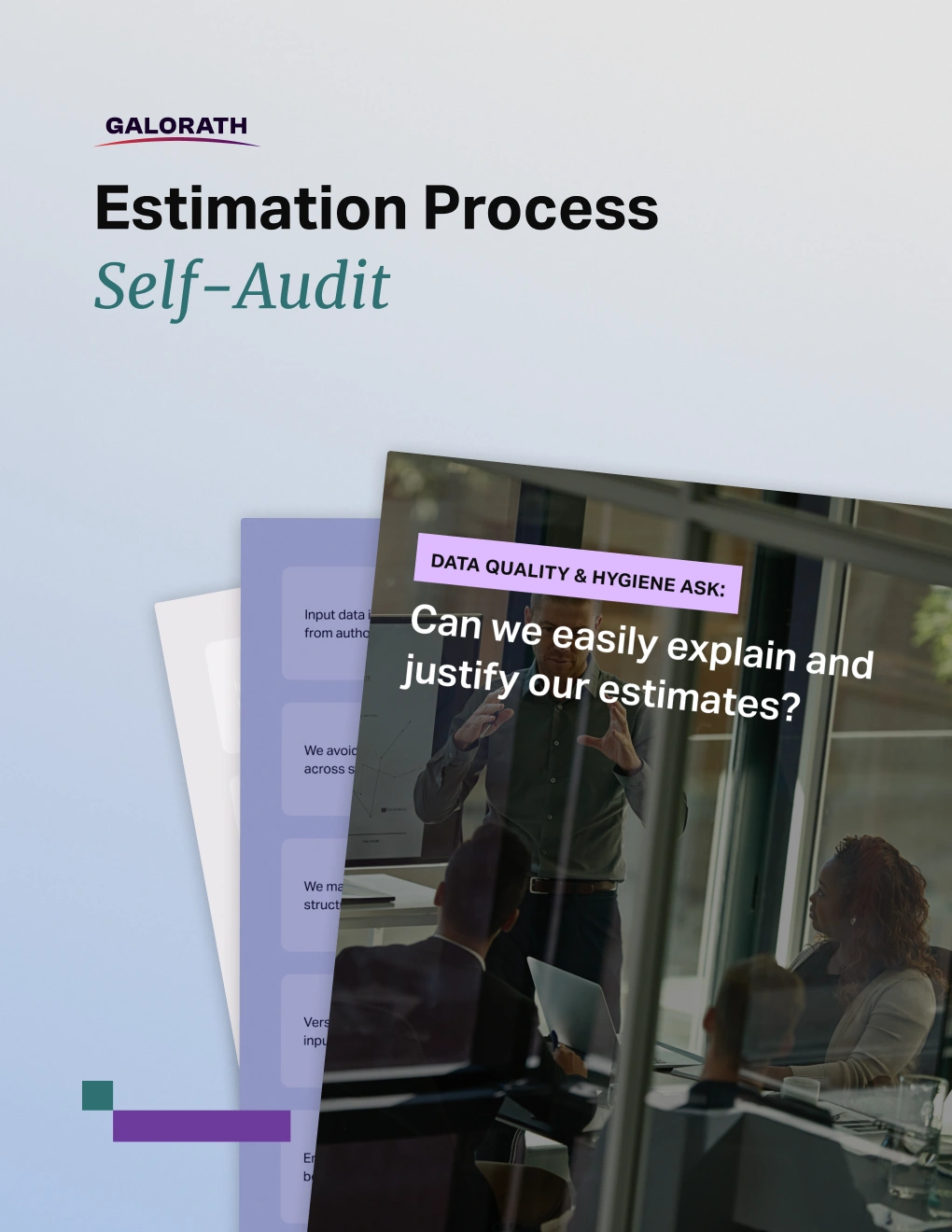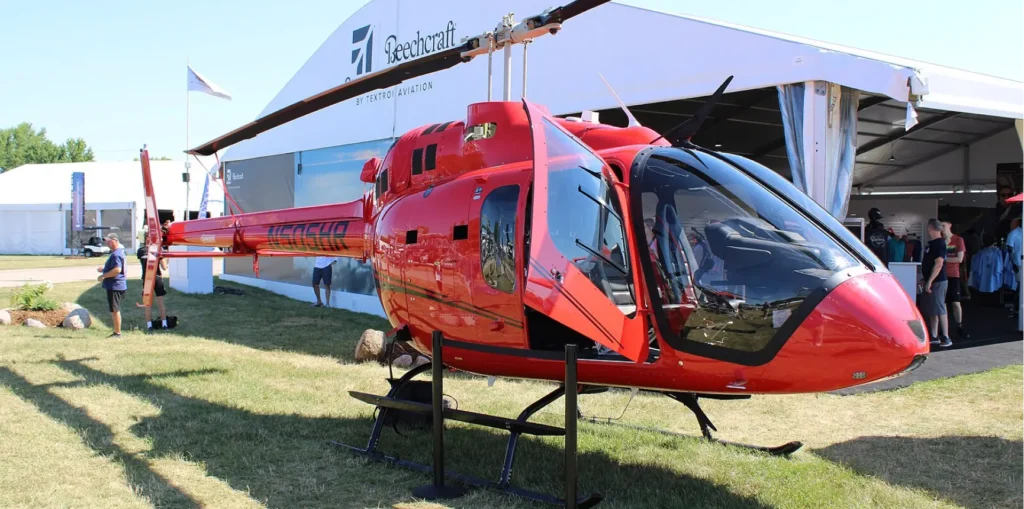Mastering Cost Risk with the CRED Model: A New Approach to Managing Uncertainty
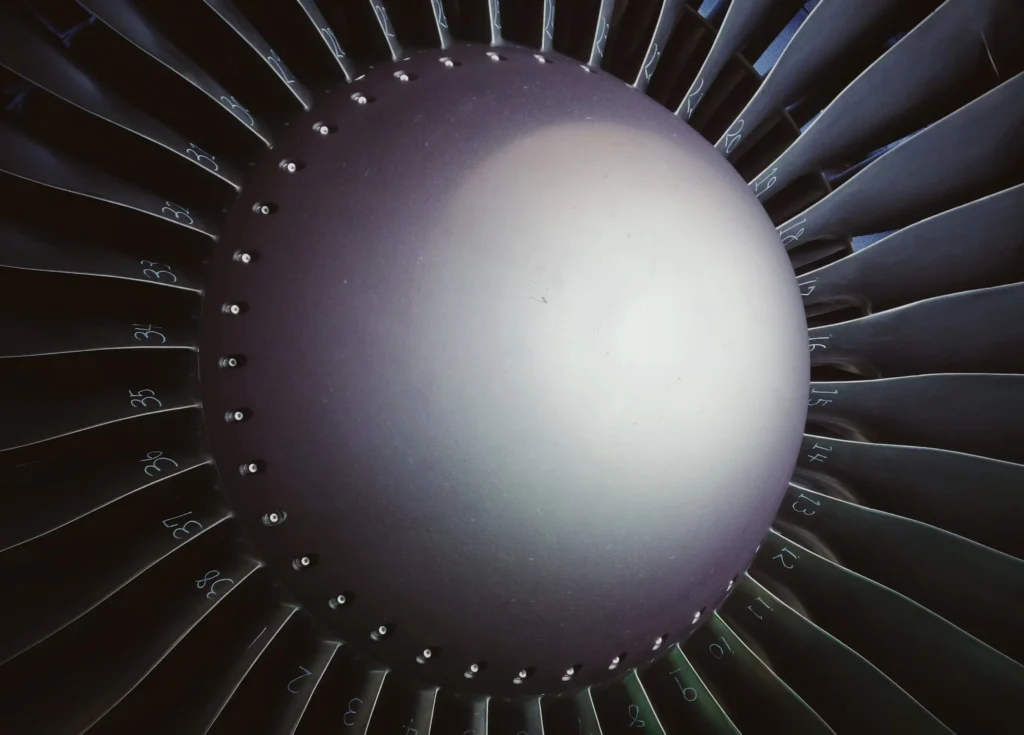
Background: At Lockheed Martin Tactical Aircraft Systems, commercial design for manufacturability (MFG) software reduces the time needed to perform cost estimates for airframe components by 75 percent. Instead of searching through data files for costs of similar parts already in production, cost analysts simply enter cost-related characteristics from a CAD model into the MFG program. The software does historical research and then generates the estimate. Estimates that took weeks are now done in two days with an accuracy of about 5%.
“Once the new cost estimation process is fully implemented, we expect to save up to 400 hours per month on proposals, trade studies, and engineering change proposals (ECPs),” says Bryan Tom, a staff specialist handling estimating, proposing, and contracting at Lockheed Martin Tactical Aircraft Systems in Fort Worth, Texas
“Besides saving time, the new approach makes it possible to consider more design parameters and search a much larger historical database than is practical with the manual approach.” Lockheed Martin Tactical Aircraft Systems is the lead site for Lockheed Martin’s Fighter Enterprise, the combination of the fighter expertise and capabilities from throughout Lockheed Martin. The Fighter Enterprise designs, produces, and supports today’s proven, affordable fighter, the F-16; the next generation in fighter aircraft, the F-22; and the multi-service, multi-mission Joint Strike Fighter. Cost analysts at the Fort Worth facility provide cost estimates for all Lockheed Martin tactical aircraft programs. Analysts from this facility frequently travel to other Lockheed Martin sites to evaluate the costs of new and ongoing programs. In addition to estimating the cost of airframe components and assemblies at the conceptual, preliminary, prototype, and detailed design stages, they also evaluate design trades and ECPs. They evaluate proposals from vendors to double-check their cost estimates as well.
Previous costing method
The traditional approach for determining the cost of a new airframe component involves searching a database of previous components to find one or more similar material types and designs. It normally takes between 10 and 20 minutes to perform this type of search for a single component. However, many airframe components are assemblies of a dozen or more parts, so this process must be repeated for each component in the assembly. The analyst must also study the design and decide how many and what types of fasteners. With this information, finding the correct parameters to estimate the cost of the required assembly operations takes between five and 10 minutes per part. In all, it takes about one day to generate a cost estimate for an assembly of a dozen parts. Larger assemblies could take much longer. For example, it takes three analysts one week to estimate the cost of an airframe. Design trade studies require analysts to evaluate multiple combinations of design alternatives, so they take two to five times as long as estimating the cost of a single assembly. Analysts researched commercial software designed for this purpose to shorten the cost-estimating process. After a rigorous evaluation, the SEER-MFG software package from Galorath was selected.
SEER-MFG provides a powerful framework for estimation and has the unique capability of accepting custom cost models as plug-ins. The software selection committee was also attracted to SEER-MFG’s unique four-quadrant user interface.
SEER-DFM software’s precision and reliability are demonstrated in its unique four-quadrant user interface. The work element breakdown for an estimate is found in the upper left quadrant, while the parameter view is in the upper right quadrant. The user can select from a wide variety of reports to display in the lower left quadrant, each of which is instantly updated when the estimate is modified. Charts can be displayed in the lower right quadrant. One of the first uses of the program involved estimating the cost of fuel tank components requested by an F-16 customer. The item that needed to be estimated was a 30-pound assembly of castings, forgings, and sheet metal parts modeled in CATIA. The purpose of this estimate was to calculate the component’s T1 or theoretical first unit cost. The analyst used the CATIA data to obtain cost characterization information, which he downloaded into a spreadsheet. The analyst entered the cost parameters that provide all the information needed to create the cost estimate, such as length, width, thickness, material type, weight, finish, and fastener count. Then, he manually entered the information from the spreadsheet into SEER-MFG.
Using SEER-MFG spared the analyst from manually searching a database for cost comparison information. The software program estimated cost and yield data by comparing the current project and a historical database.
This technique, called metrics mapping, relies upon a complex database of technical, programmatic, and cost information continually reviewed for applicability to current estimating requirements and technology maturity. Key mapping parameters were individually mapped into a matrix of actual data. This map and an appropriate weighting scheme generated an analogous cost estimate. Cost-estimating relationships were then applied to this value to generate acquisition cost estimates reflecting user-defined development, production environments, and program schedules. Using this approach, the analyst arrived at the predicted cost of the fuel tank assembly in two hours. “That job would have taken at least one day using the previous method,” says Tom.
Substantial time savings
The time savings are much greater on large estimates, such as that of an entire airframe. An estimate involving an entire 8,300-pound airframe configuration and several thousand parts was recently performed using the historical grassroots estimate method. It took three estimators one week to calculate the airframe cost, even though detailed part descriptions were not used. A newer concept for that same airframe was evaluated later using SEER-DFM. “Even though we evaluated many more parameters and a larger historical database than for the previous estimate,” says Tom,” the new approach made it possible to turn around the estimate in the same time it took to perform the original one. The great majority of this time involved data entry and with this process completed, we expect to achieve substantial downstream time savings on this project. The airframe cost estimate will have to be repeated multiple times in the future, such as when a change to the outer mold line of the aircraft affects the geometry of almost all the 5,000 parts in the assembly. With the data already in the system, producing a new cost estimate in response to this change in only about one day should be possible.” Substantial time savings in all aspects of the cost estimation process are expected once this new process is fully implemented. ECPs normally take approximately 40 hours to evaluate, assuming a design involving approximately 20 parts. Using SEER-MFG, they can be done in 10 hours.
Similarly, trade studies involving five different design options for an assembly with a dozen parts normally take about two days. They can now be done in one-half day. The analyst arrived at the predicted cost of the fuel tank assembly in two hours. “That job would have taken at least one day using the previous method,” says Tom.
The Power of ParametricsTM estimates can be reduced from one to two days to two hours. Tom expects that he and his colleagues will eventually use the software to estimate between five and ten proposals per month, 10 to 20 trade iterations, and two or three monthly ECPs. Under these assumptions, the software should generate about 400 hours per month in time savings over the previous costing method. Since the use of this program is relatively new, Lockheed Martin is still in the process of validating its accuracy. One of the ways they are doing this is by comparing the estimates generated by the software for certain detailed parts and small assemblies with known costs. For example, information about an existing bulkhead that took 50 hours to machine and 25 hours to sand was entered into the cost-estimating program. The software’s predicted cost was within 5% of the actual cost. Several similar studies have consistently shown that the new method’s accuracy is at least as good as the conventional approach.
Future benefits of CAI
Tom believes that Lockheed Martin can speed cost estimates by an additional order of magnitude when inputs from the engineering department can be entered into SEER-MFG directly rather than manually.
“We need a cost characterization interface that will automatically apply the majority of the mundane cost characteristics, such as length, width, and material thickness,” Tom says. “Then analysts will be free to concentrate on the 10 percent of the parts that require some fine-tuning and judgment.”
Work is underway to develop such an interface. Lockheed Martin is collaborating with the five other aircraft manufacturers involved in the Composites Affordability Initiative (CAI) to develop a plug-in that automatically transfers cost characteristics from a CATIA model to SEER-MFG. When the plug-in is available, estimates that previously took an hour should be available in minutes. Estimates of an entire airframe will be substantially faster as well. “When we have direct access to design data, an estimate of an entire airframe, which now takes several weeks, should be available in about two days,” says Tom. “A design trade estimation with ten different designs, each with different materials and parts, will be in an hour, rather than an hour for each iteration.”

